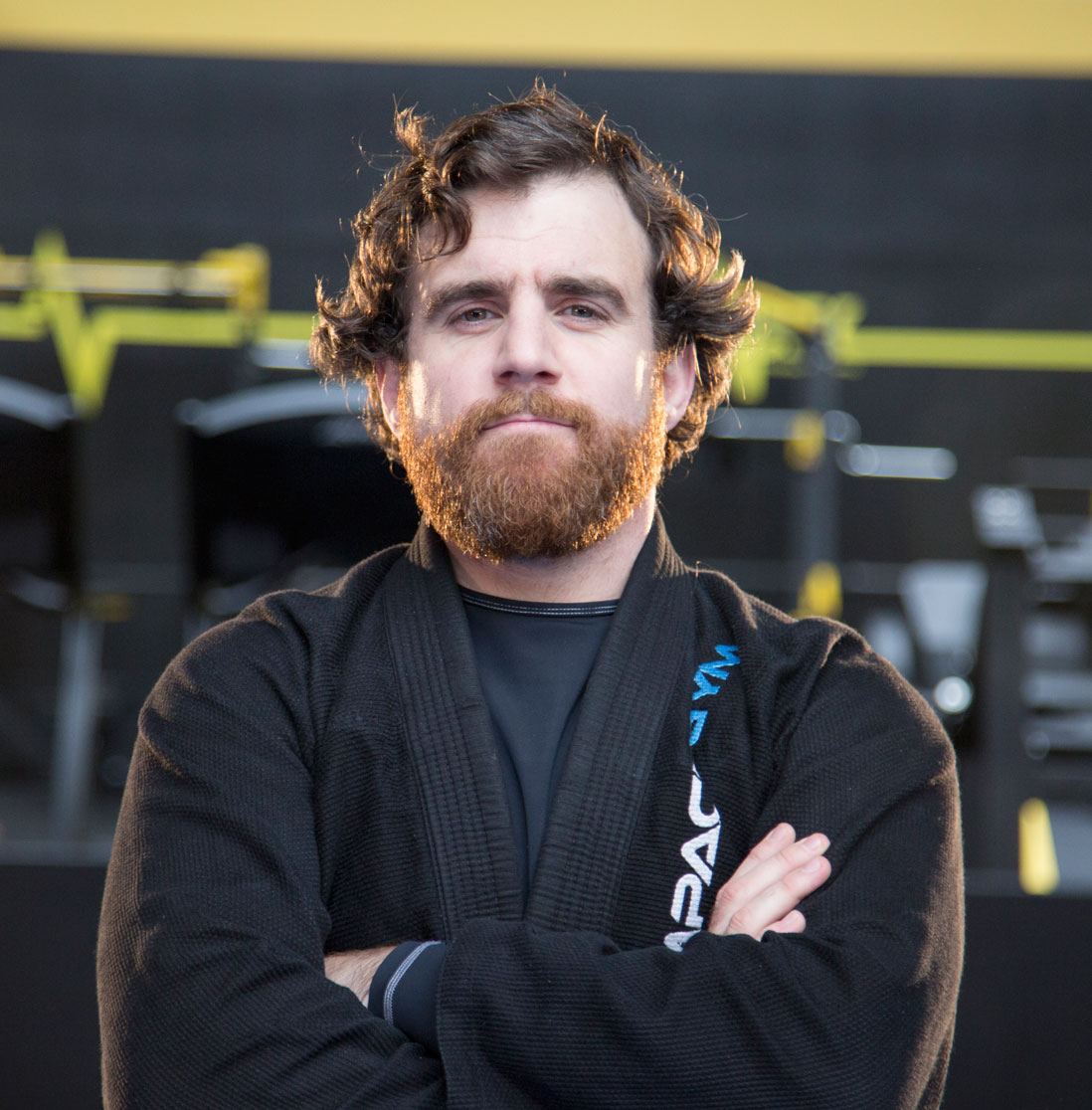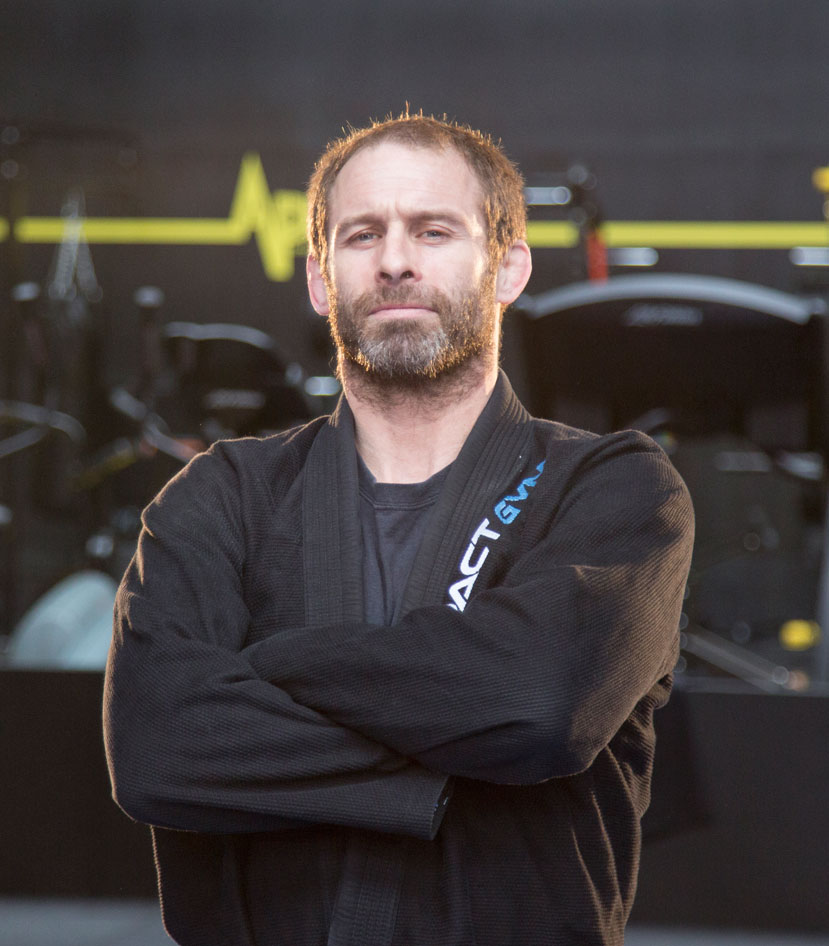Since 1990
What is Combat Jujutsu
Combat Jujutsu is a modernised version of Jujutsu, a form of fighting developed on the battle field. Our main focus of these classes is teaching you how to stay safe against unprovoked attacks. Our classes in Bristol,
OUR INSTRUCTORS
Kevin O’hagan
Chief Coach
Kevin has been training and teaching Martial Arts for 40+ years. He holds the rank of 7th Dan Full Master’s level in Combat JuJutsu. He also holds black belt ranks in Japanese Jujutsu and Karate Jutsu. He is a senior self-protection instructor with the British Combat Association and was recently inducted into Martial arts illustrated magazine’s ‘Hall of fame’.
Kevin has taught Ju Jutsu, Close Quarter Combat and Self Defense classes since the mid-80s. He trained all over the UK and further afield, refining his unique combat system. He has also been involved with training with SBS (Special Boat Service) instructors, Israeli Anti-Terrorist squad and many more. It is a compilation of many of these hardcore techniques that make up his ‘M
In 1995 after watching the first ever Ultimate Fighting Championships, Kevin decided to test what he could of his system in the cage. Kevin at this time was training with Geoff Thompson and experiencing Geoff’s infamous ‘Animal day’ sessions. But as early as the mid-80’s Kevin and his instructors were dabbling in freestyle sparring matches, mixing JuJutsu and Kickboxing. This fusion of fighting styles was the embryonic stages of what was to become known as Mixed Martial Arts.

Jay Newton
Head Instructor
Jay started training under Kevin O’Hagan in 1996. He now holds the rank of 2nd Dan black belt in Combat Jujutsu, one of only a small number of people to achieve this grade under Kevin. He has also trained Brazilian Jujitsu for several years and holds a Blue belt under the instruction of Pedro Bessa.
After a couple of amateur

Ross Mackenzie
Instructor
Ross is a 1st Dan Black belt under Kevin O’Hagan. He has been training with Kevin since the early

The history of Jujutsu
by Kevin O’Hagan
You have to go back to 900AD to find the birth of jujutsu on the battlefields of Japan. The Samurai warrior used their unarmed techniques only after their weapons were lost, broken or if there was a clash and entanglement of swords that prevented them from being used. Then leg trips and sweeps were used to down the enemy then dispatch them with either a weapon or to stomp or knee drop them. Striking was limited as most of the vital points on the body were protected by armour. Strikes were therefore used more to stun or unbalance the enemy to help take them down or to assist a weapon disarm. This early form of grappling an opponent wearing armour was referred to as Kumiuchi or Yawara. Jujutsu was therefore tested and blooded in the heat of battle and it was thus a brutal art. Its end purpose was simply to put an enemy in a position of helplessness in order to kill them. That is a far cry from how most Jujutsu is practised today. But let us not forget when you choke an opponent to the point of their surrender signified by ‘tapping out’ and they have tapped, if there was no concept of ‘tapping out ’ they would be literally killed. So although the intent in modern-day competitive jujutsu isn’t now promoted as ‘a means to kill someone’, the potential is certainly still there.
Jujutsu by the early 17 th century had changed again. The reign of the Samurai had come to an end and the wearing of armour was no longer required this then allowed the art of ‘Atemi waza’ (striking vital points) to become more prevalent. The striking took its emphasis from Chinese kenpo. Also as Japan moved more towards peaceful society law enforcement was introduced and the joint breaking techniques became more control and restraining techniques used by law enforcement with the goal being to arrest rather than maim and cripple. This was referred to as Taihojutsu Also the use of tying techniques with cord (hojowaza ) which predated handcuffs. Hence the many locking techniques in jujutsu found both standing and on the ground. Jujutsu has therefore been the basis for many military unarmed combat techniques (including British/US/Russian Special Forces and SO1 police units) for many years. Since the early 1900s, every military service in the world has had an unarmed combat course that has been founded on the principle teachings of Jujutsu.
By the late 19 th century, the more dangerous forms of jujutsu were frowned upon and were only practised in Kata form. A more competitive sporting form of jujutsu was formulated. Jigoro Kano was the main founder of this type of training. This was eventually to become Kodakan judo. The big emphasis was on throwing techniques although (newaza) groundwork was still allowed it wasn’t heavily encouraged. Some of the more dangerous leg locks, spinal and neck cranks and body squeezing in groundwork were eliminated from teaching systems. Also at this time was a style called Kosen judo. It was similar but allowed for much longer periods of Newaza and encouraged a ground finish.
In 1914 Mitsuyo Maeda brought judo to Brazil and taught Carlos Gracie and the rest, as they say, is history. At this time Judo it was still being referred to as Kano jujutsu. This is why the term Brazilian jujutsu was coined rather than Brazilian judo which it really was. The Gracie family liked the concept of taking an opponent down to the ground and controlling and finishing the fight from there. This principle allowed a smaller or lighter person to triumph over a larger person. Even today in BJJ competition the ultimate way to execute their technique is to seek the takedown, get to mount position and finish, this ties in with its origins as an art of self-defence and ‘no rules’ fighting as well as sport. It would be fair to say that Jujutsu in the form of BJJ came to the general public prominence with the birth of the Ultimate fighting championships and Royce Gracie’s early victories.